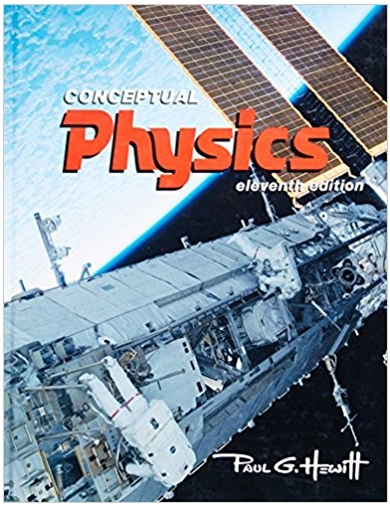Answered step by step
Verified Expert Solution
Question
1 Approved Answer
1 The full moon.. A cannot be seen due to the Sun's glare B appears in the western sky after sunset and sets soon










1 The full moon.. A cannot be seen due to the Sun's glare B appears in the western sky after sunset and sets soon after the Sun appears in the evening sky and sets at midnight D rises as the Sun sets and sets as the Sun rises E rises at midnight and can be seen in the morning sky F appears in the Eastern morning sky, rising shortly before the Sun Question 2 The waning crescent moon.. A cannot be seen due to the Sun's glare B appears in the western sky after sunset and sets soon after the Sun C appears in the evening sky and sets at midnight D rises as the Sun sets and sets as the Sun rises rises at midnight and can be seen in the morning sky F appears in the Eastern morning sky, rising shortly before the Sun Question 3 This is the time of the year when the Sun passes from the northern celestial hemisphere to the southern celestial hemisphere A ecliptic B autumnal equinox summer solstice vernal equinox E winter solstice Question 4 During a lunar eclipse. A the Earth passes into the shadow of the moon B the Earth passes into the shadow of the Sun the moon passes into the shadow of the Earth the moon passes into the shadow of the Sun Question 5 Which of the following is the closest star to our Sun? A Deneb B Procyon Proxima Centauri D Rigel E) Sirius Question 6 This is the time of the year when the Sun passes from the southern celestial hemisphere to the northern celestial hemisphere A ecliptic (B) autumnal equinox summer solstice D vernal equinox E winter solstice Question 7 Where can a total solar eclipse be observed (as long as the sky is clear)? A On a very small region of the Earth B Over the night-time half of the Earth C over the entire Question 8 During a solar eclipse.. A the Earth passes into the shadow of the moon B) the Earth passes into the shadow of the Sun the moon passes into the shadow of the Earth (D the moon passes into the shadow of the Sun Question 9 Where can a lunar eclipse be observed (as long as the sky is clear)? A On a very small region of the Earth B Over the night-time half of the Earth Over the entire Question 10 1 P Which of the following planets is known as the "morning" and "evening star" because it does not move far from the position of the Sun in the sky? A Earth B Jupiter Mars Neptune E Saturn (F) Uranus G Venus
Step by Step Solution
★★★★★
3.41 Rating (154 Votes )
There are 3 Steps involved in it
Step: 1
1The full moon rises as the sun sets and sets as the Sun rises 2 The waning crescent moon ri...
Get Instant Access to Expert-Tailored Solutions
See step-by-step solutions with expert insights and AI powered tools for academic success
Step: 2

Step: 3

Ace Your Homework with AI
Get the answers you need in no time with our AI-driven, step-by-step assistance
Get Started


